
Strict with college
In 2020, the Ministry of Labor, War Invalids and Social Affairs issued Circular 15 stipulating the list of minimum training equipment for intermediate and college levels for 41 occupations. For the information technology industry at the college level (Appendix 02 of Circular 15), the Ministry requires a list of minimum equipment for functional rooms such as basic technical rooms, foreign language rooms, computer practice rooms, computer hardware practice rooms, computer network practice rooms, and computer software practice rooms.
In each room, the circular requires details of each piece of equipment and explains what purpose it serves. For example, in the technical room, there must be at least one projector to illustrate lectures, many other equipment for training, including first aid, fire prevention and fighting, and electrical safety equipment.
The minimum number of computers required for IT training must be at least 84 sets. Each functional department has very detailed requirements from training equipment to safety equipment.
Regarding the opening of university majors, the circular of the Ministry of Education and Training only stipulates that facilities, equipment, libraries, and textbooks must meet the requirements of teaching, learning, and research according to the requirements of the training program, and must meet the requirements of facilities according to the regulations of the training program standards of the field, group of majors, and training majors...
It can be seen that the current regulations of the Ministry of Education and Training on opening university training majors do not specifically detail the material and equipment requirements. Leaders of some universities commented that for technical majors, if detailed equipment requirements are given like those for college level, it will be difficult for any school to meet them.
The Ministry of Education and Training told Tien Phong that in the draft revised Law on Education , the Ministry plans to tighten the training of three “teachers” (teachers, lawyers, and doctors). Accordingly, these sectors will have to inspect and approve training programs and set minimum scores. Controlling these three fields is not only controlling input, not only controlling output, but also controlling the entire process because the “three teachers” have a great impact on all activities of society.
Long term consequences
Associate Professor, Dr. Do Van Dung, former Principal of Ho Chi Minh City University of Technical Education, said that the current situation of regulations on minimum equipment lists in the vocational education system and university education in Vietnam reflects a significant difference between the two levels of training. While vocational colleges have clear regulations on minimum equipment, universities lack similar regulations, leading to differences in investment in facilities and training quality.
Vocational colleges require a minimum equipment list to ensure that students practice on tools and machines close to actual production.
In contrast, at the university level, the lack of mandatory regulations on minimum equipment leads to a situation where many schools open majors without investing in adequate laboratories, workshops or modern technology. This often causes university students to lack practical skills.
This difference creates many consequences. For vocational colleges, strict requirements on facilities help ensure output quality, but also increase investment costs, limiting the expansion capacity of some training facilities.
Meanwhile, opening a university major is easier in terms of procedures and facilities, but it leads to uneven training quality. Many university graduates lack practical skills, making it difficult to compete in the labor market, while businesses have to spend more on retraining. This not only affects the reputation of universities but also reduces the society’s trust in the university education system.
The reason for this difference comes from the lack of uniformity in education management policies. University education is often oriented to focus on theory and research, while vocational education emphasizes application.
In addition, the pressure to compete to attract students has caused some universities to open majors without focusing on investing in facilities. As a result, the gap between vocational training and university training is growing, making it difficult for university students to meet real-world job requirements.
Mr. Dung suggested that to narrow this gap, it is necessary to develop a list of minimum mandatory equipment for university training majors, especially engineering and high-tech majors. The Ministry of Education and Training should coordinate with businesses to determine facility standards that are suitable for the needs of the labor market. At the same time, it is necessary to strengthen quality control and strictly handle schools that open majors without ensuring facilities.
Source: https://tienphong.vn/tiep-bai-truong-dai-hoc-lay-lat-mo-nganh-dai-hoc-de-hon-cao-dang-post1769296.tpo
























![[Photo] Prime Minister Pham Minh Chinh attends the opening ceremony of the National Data Center](https://vphoto.vietnam.vn/thumb/1200x675/vietnam/resource/IMAGE/2025/8/18/b5724a9c982b429790fdbd2438a0db44)
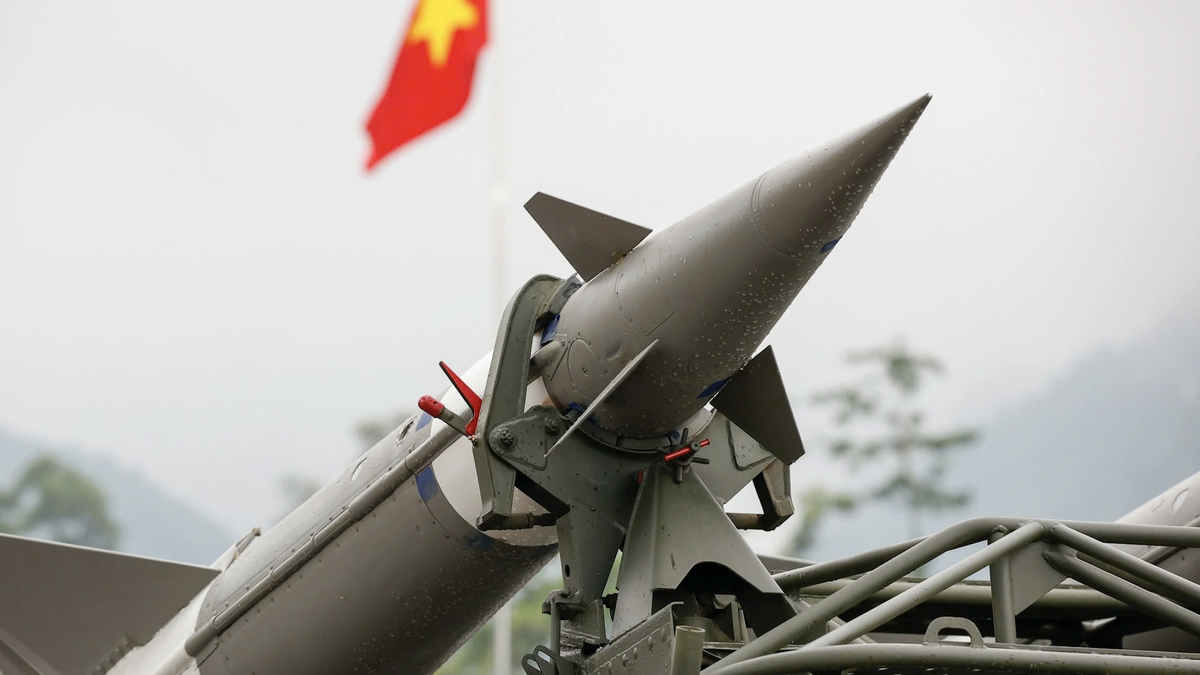















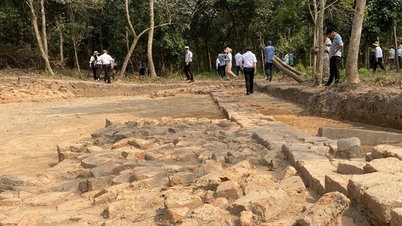














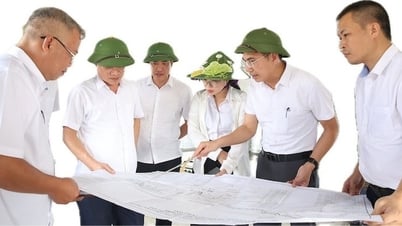


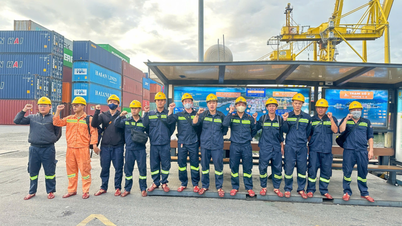
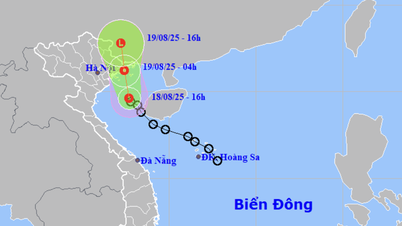

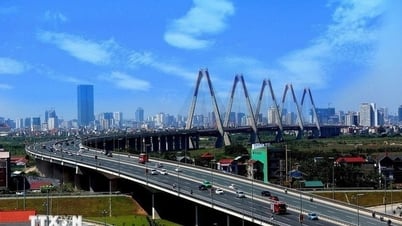

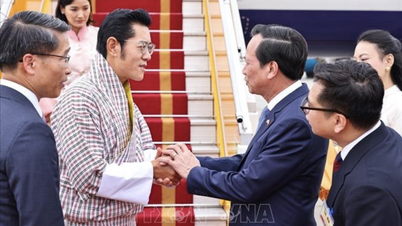




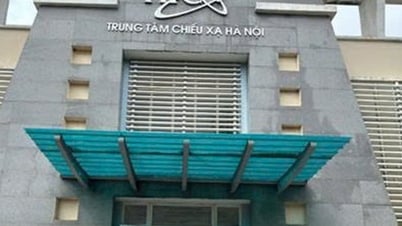


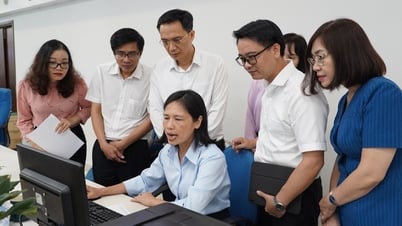


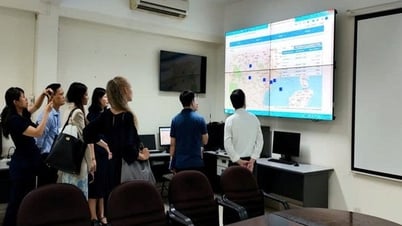
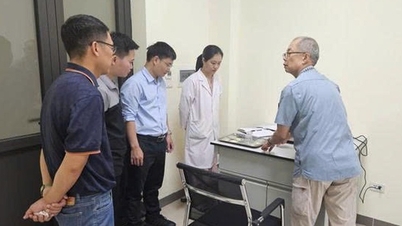



















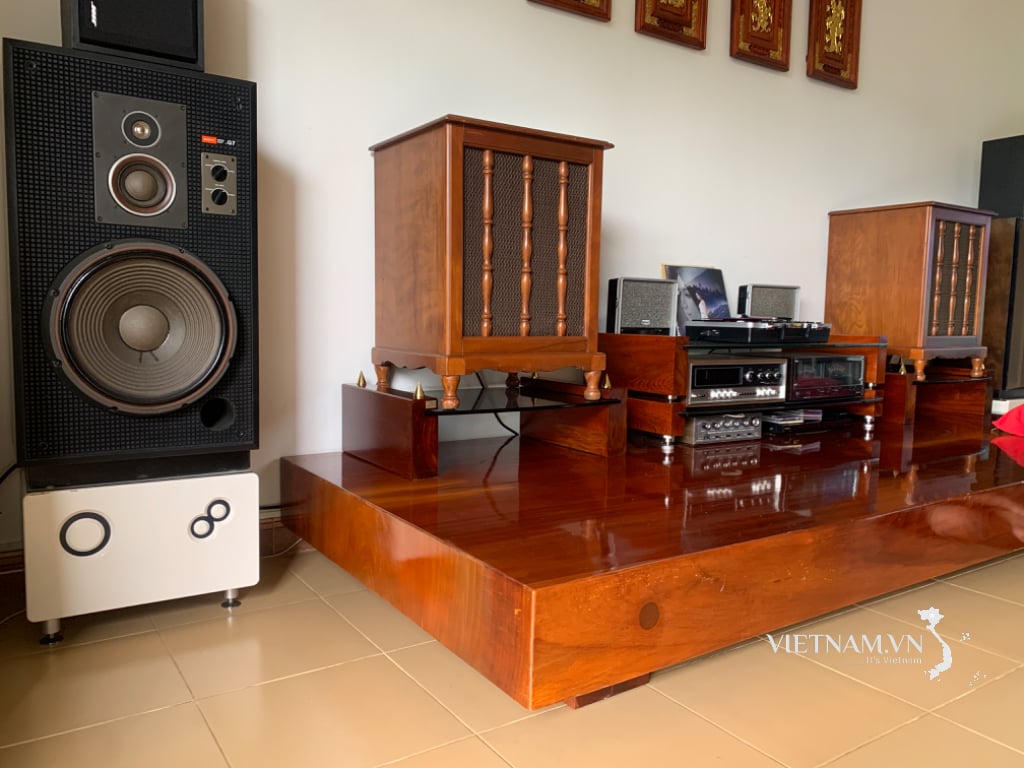


Comment (0)